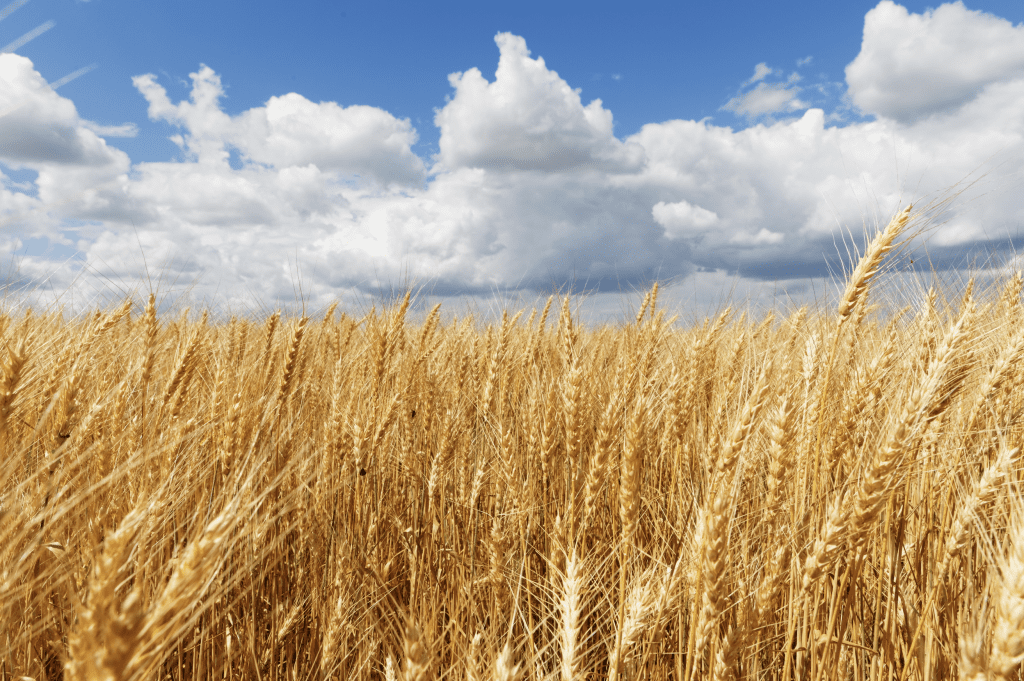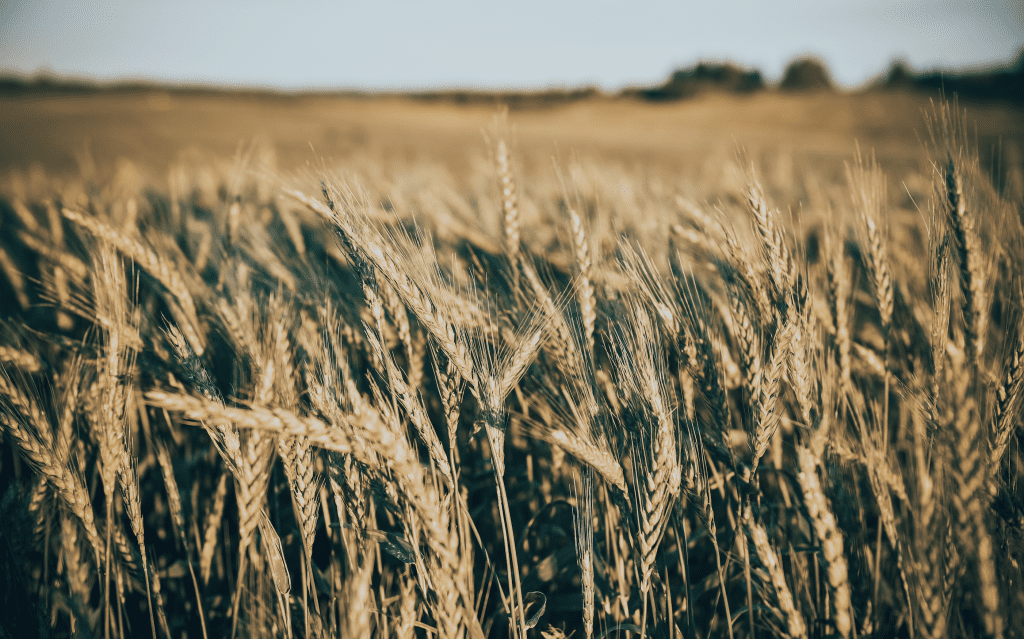Canada, renowned not only for its awe-inspiring landscapes and multicultural cities, is a powerhouse of agricultural diversity. Stretching from the golden Prairies to the lush Maritimes, the nation cultivates an impressive array of grains. But the question arises: How do these grains meld with the millennia-old tradition of sourdough baking? Join us on a flavorful journey into the heart of Canadian grains and their profound influence on sourdough crafting.
A Brief Overview of Canadian Grains
Standing tall in the global arena, Canada emerges as a pivotal grain exporter. The tapestry of its crops is painted with:
- Wheat
- Barley
- Oats
- Rye
Notably, the vast expanse of the Canadian Prairies—comprising Alberta, Saskatchewan, and Manitoba—is often eulogized as the granary of Canada, feeding nations far and wide.
Wheat Varieties
- Red Fife: A gem from Canada’s agrarian past, Red Fife is cherished for its robust flavors and impeccable fermentation qualities, making it a sourdough favorite.
- Hard Red Spring Wheat: The lifeblood of the Prairies, this protein-rich wheat lends strength and structure to loaves, ensuring each slice is a bite of perfection.
- Soft Red Winter Wheat: Cultivated in the verdant fields of Eastern Canada, this wheat, while perfect for pastries, can be combined with robust flours to craft exquisite sourdough.
- Durum Wheat: A golden grain of the Prairies, Durum is often the backbone of pasta dishes but also finds its niche in certain artisanal sourdough recipes.
- Spelt & Kamut: These ancient grains, with their rich lineage, offer diverse flavors to sourdough, making every loaf a slice of history.
Other Grains
- Rye: A staple in many Canadian homes, especially in Quebec. Rye imparts a distinct spicy depth to sourdough, making it a favorite for many.
- Barley: Beyond its use in beverages, barley introduces a malty nuance, elevating the sourdough’s flavor profile.
- Oats: The pride of the Prairies, oats bring a delightful softness and moisture, ensuring sourdough remains fresh and palatable.
Regional Grain Profiles
- Prairie Gold: Here, the endless horizon sees vast fields of Hard Red Spring Wheat. The bread from this region is known for its robust gluten network and a crust that sings tales of the open land.
- Maritime Bounty: The Maritimes, with their unique terroir, produce grains that lead to softer, cake-like breads. The Soft Red Winter Wheat here lends a gentle sweetness, balancing the tang of traditional sourdough.
- Quebec’s Rye Revolution: Quebec, with its frost-kissed mornings, offers the perfect sanctuary for rye. The sourdough from this region boasts of rich, earthy tones, echoing the province’s deep cultural roots.
Crafting Sourdough with Canadian Grains
The charm of sourdough is its chameleon-like nature. From the few basic ingredients, myriad flavors and textures arise, influenced by the chosen grain, the length of fermentation, and even subtle climatic nuances. Delve deeper with these insights:
- Blending Flours: Combining, for instance, 100% Red Fife with a touch of Soft Red Winter Wheat can strike a harmonious note, making the loaf both hearty and tender.
- Incorporating Add-ins: Enrich the dough’s texture and flavor by introducing elements like barley porridge or a sprinkle of oat flakes.
- Hydration Experiments: Each grain tells its own tale. Grains like Hard Red Spring Wheat might yearn for more water, ensuring a flawless fermentation journey.
Conclusion
The grains of Canada, nurtured by the diverse landscapes and shaped by the country’s rich history, offer boundless possibilities to sourdough artisans. These grains, each with its unique story, enrich the age-old craft of sourdough baking. As bakers knead, shape, and bake, they’re not just crafting bread—they’re weaving a tapestry of flavors, textures, and memories.
Tip: Venturing into the world of new grains? An essential reminder—adjust your recipes. Each grain, with its individual character, influences hydration, fermentation, and the final bouquet of flavors in your bread.






















